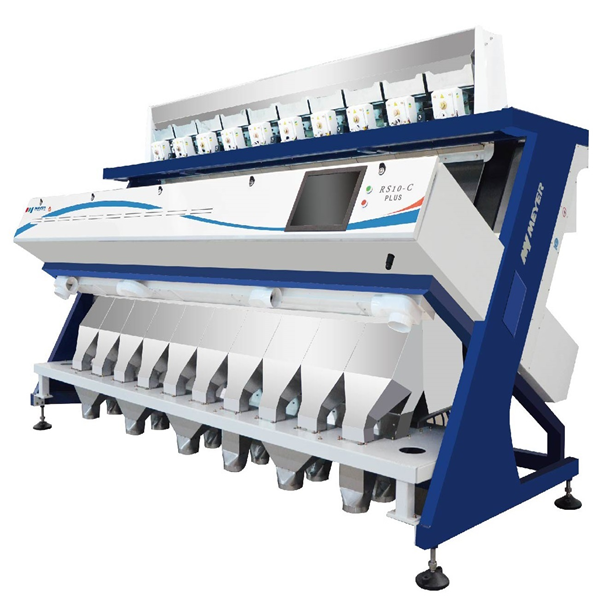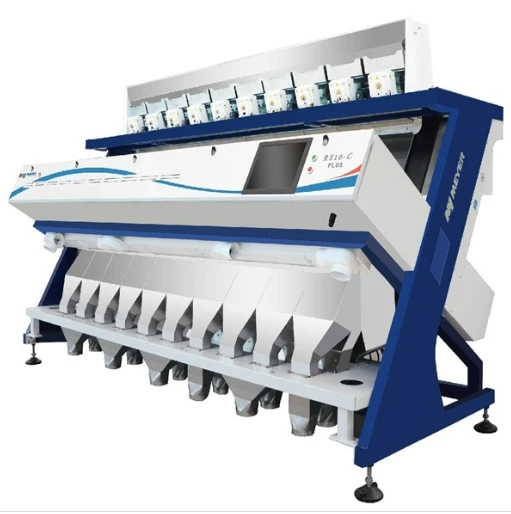A color sorter works on the principle of optical recognition and mechanical separation to classify and remove unwanted materials based on color differences. The process begins as the product—such as grains, seeds, or plastic pellets—is fed onto a chute or conveyor belt, where it spreads into a single layer for accurate scanning. High-resolution cameras or optical sensors continuously capture images of the moving items, detecting color variations, defects, or foreign particles that differ from the acceptable standards preset in the machine’s control system.
These sensors analyze each item’s color, shape, and size in real time using advanced image processing algorithms. When the system identifies a defective or off-color product, it sends a signal to activate precise air jets or mechanical ejectors located along the chute. These ejectors quickly and accurately remove the unwanted pieces by blowing or pushing them away from the main product flow without interrupting the continuous sorting process.
The combination of rapid optical detection and fast ejection allows the color sorter to handle large volumes efficiently while maintaining high accuracy. The machine’s parameters—such as sensitivity, sorting speed, and ejector timing—can be adjusted to suit different products and quality requirements. Overall, the color sorter’s working principle ensures effective separation, improving product purity, quality, and overall production efficiency in various industries.
Beibu Machinery








